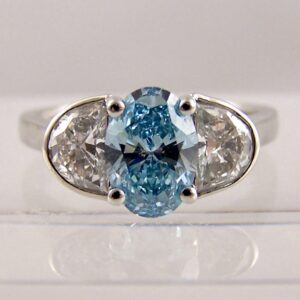Categories:
Lab Grown Diamond Engagement Rings
Lab grown Diamond engagement rings.
Q. Can you tell a lab grown Diamond from a natural Diamond by looking at them?
A. No. Only a gemologist carrying out specific laboratory tests can tell a lab grown Diamond from a natural mined Diamond.
Q. How much cheaper are lab grown Diamonds?
A. The larger the Diamond, the larger the saving. For a small stone the lab grown Diamond will cost around half the price of the natural Diamond equivalent. As stones get larger though the financial saving can be huge. A 1.00ct Lab grown Diamond in a nice grade can easily be £10,000 cheaper than a natural Diamond of the same colour & clarity.
Q. What are lab grown Diamonds?
A. The original lab grown Diamonds were made by recreating the same conditions as those found in the nature when natural Diamonds occur in the Earth. These conditions are extreme pressure & temperature or HPHT (high pressure, high temperature). After this, the Chemical vapour deposition technique (CVD) was also introduced. Both techniques involve taking a “seed” of Carbon & adding either pure carbon graphite or a carbon rich gas which adheres to the seed & grows the Diamond.
Q. Are lab grown Diamonds more ethical?
A. Yes. When it comes to the energy used to mine/create the two types of Diamond results of studies vary with lab grown being shown to use between 2 & 3 times less energy. In other environmental factors though lab grown are far more ethical. 250 tonnes of earth are shifted for every 1ct of natural Diamond mined. Some natural Diamond mines are now so large they are visible from space. Also, CO2 emissions are usually a toxic byproduct of traditional Diamond mining. Traditional Diamond mining has also been linked with water pollution & other environmental damage. None of these things are an issue with lab grown stones but their production does require a lot of energy. There are already lab grown Diamond manufacturers that are certificated carbon neutral though & hopefully more will follow.
What are Lab Grown Diamonds?
In recent years, the demand for lab grown diamonds has grown exponentially, especially amongst millennials seeking an environmentally-friendly alternative to natural mined diamonds.
Many well-known A-list celebrities are now throwing their support behind lab grown diamonds as opposed to natural ones, with Megan Markle even opting to wear them at a recent outing. This shift in perception is primarily due to the ecological, ethical and humanitarian concerns being highlighted throughout the world as a result of commercial mining for these precious stones.
So, what are lab grown diamonds? How are they made and are they really more environmentally-friendly than natural diamonds? Are they “real” diamonds or cubic zirconia’s with little to no resale value?
Lab Grown Diamonds, also known as “man-made” or “cultivated” diamonds were first created in 1954 by H. Tracy Hall, a chemist working for the General Electric company in the USA. The first lab grown diamonds developed were minuscule in size and of poor quality, but they sufficed for industrial use. Today the technique has evolved to such a level that lab grown diamonds are now
Showing 1–12 of 26 results
-

Fancy Blue Diamond with crescent shoulders
Rated 0 out of 5Read more -


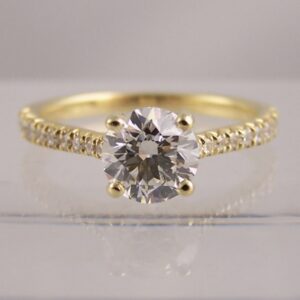
1.00ct Lab grown Diamond with claw set shoulders
Rated 0 out of 5Read more -


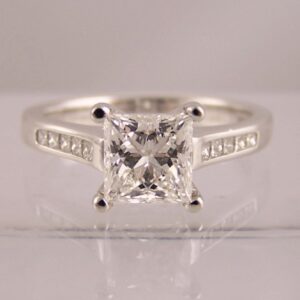
1.00ct Lab grown princess Diamond ring
Rated 0 out of 5Read more -


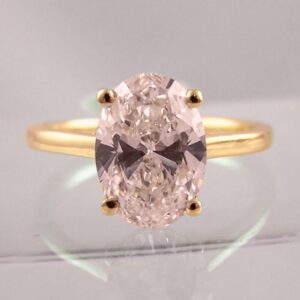
1.50ct Oval Lab grown Diamond in 18ct gold
Rated 0 out of 5Read more -


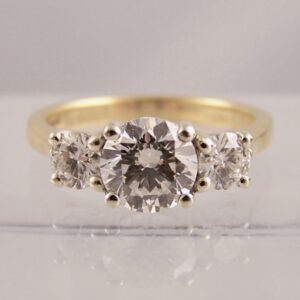
2.00ct total lab grown Diamond 3 stone ring
Rated 0 out of 5Read more -


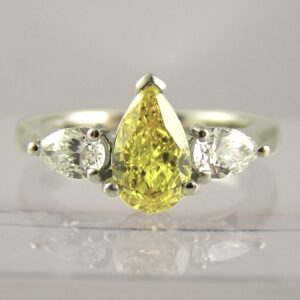
1.00ct Fancy Yellow Pear Cut Diamond 3 Stone
Rated 0 out of 5Read more -


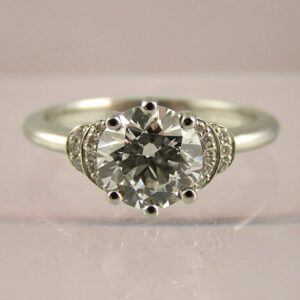
1.25ct Diamond Ring with Crescent Shoulders
Rated 0 out of 5Read more -


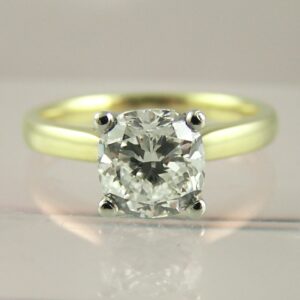
1.50ct Cushion Cut Solitaire
Rated 0 out of 5Read more -


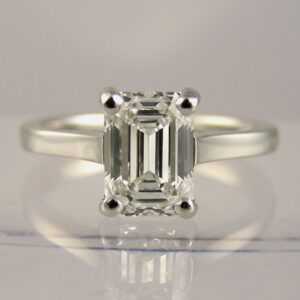
1.50ct Emerald Cut Lab Grown Solitaire
Rated 0 out of 5Read more -


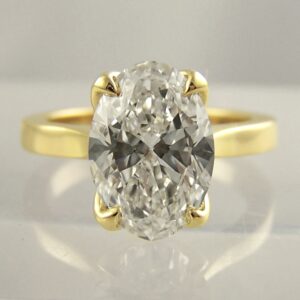
2.39ct Oval F VS1 Lab grown Diamond
Rated 0 out of 5Read more -


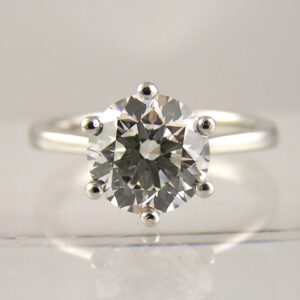
2ct Six Claw Solitaire Engagement Ring
Rated 0 out of 5Read more -


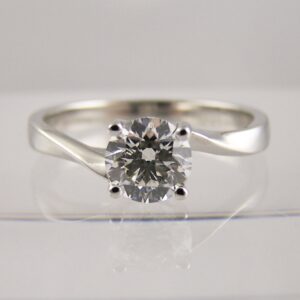
0.73ct Lab grown diamond crossover
Rated 0 out of 5Read more

